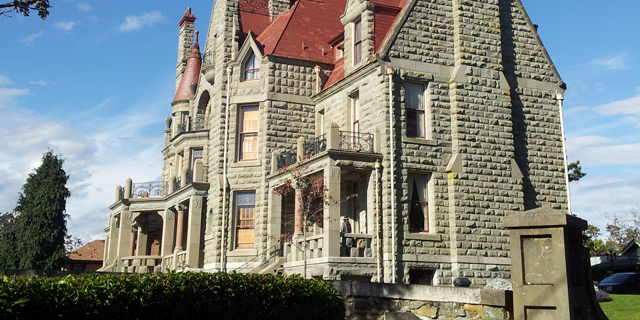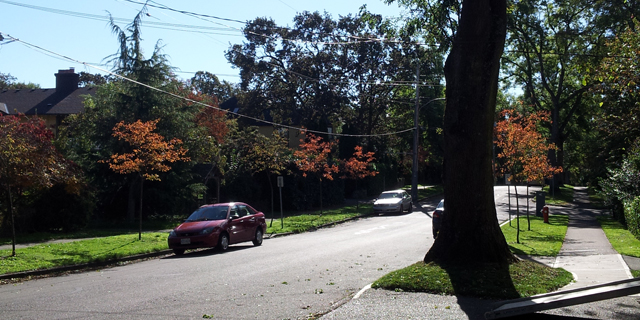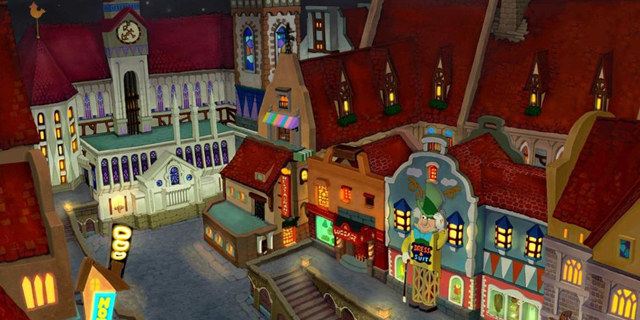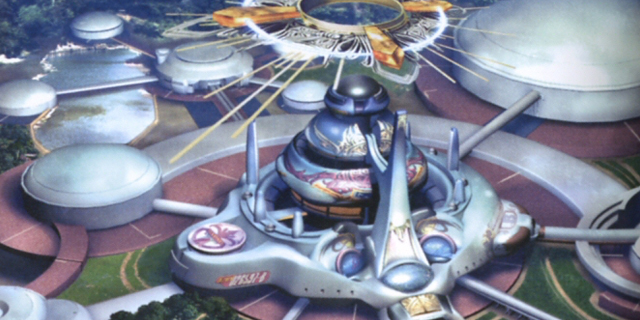
I’ve been sleeping well lately. Kyla and I moved into a basement suite in an area as close to a video game setting as you can get. It’s absolutely gorgeous; small, curvy roads lead you through architectural wonder. Three doors down is a house with the look of a medieval tavern mixed with modern wealth. The Governor General’s estate is one block away, filled with ponds, flowers, deer and paths tailor-made for long walks and longer talks. The pièce de résistance is a castle right around the corner. Craigdarroch Castle, lit up at night, makes me feel like I belong to a neighborhood instead of living among random people in a random place.
We bought a few new things, we threw out a lot of old things, we borrowed a mix of both from our families and friends. Nothing compares to our new bed, however. It’s perfect: big, comfortable, brand new. I’m out like a light in a few minutes and am more rested with less hours of sleep. I feel safe, and with each passing day, our new home becomes a part of us. It’s our secure haven.
Familiarity tends to breed relaxation and comfort, and the same is true pertaining to video games. Buildings, streets and rooms take on a personality of their own and form an unusually strong bond with the player. Many of our fondest memories revolve around hanging out at home or exploring the nearby surroundings.

It starts with the look of the town, usually a contrast to most levels or dungeons you’ll find yourself traversing. While dungeons, swamps, mountains, prisons, ships and the other types of dangerous locations you’ll no doubt find yourself fighting monsters in are fascinating in their own right, the town is usually peaceful and bright. It offers respite from a long journey. There’s almost always an area to save, sleep, eat, drink, buy, sell, gather information and reflect on your recent perils. Are you glad that level is over? Are you drooling over the new armor you equipped? Maybe you just want to watch the city go by. Walking among the townspeople, maybe you see a new shop opened up by the statue. Chickens squawk as they waddle across your path. The sun is setting, and if you walk around the mayor’s house, you get an amazing view. While all this is happening, you are presented with a relaxing tune, a musical score so sweeping and beautiful that it brings a tear to your eye. You never want to leave. This is the appeal of the town.
Traverse Town from Kingdom Hearts springs to mind. It’s one of the most cheerful, magical places one can visit in gaming. Bathed in night, the streetlights stand a silent vigil and provide a warm source of light across the cobblestone streets and wood-shingled roofs. It acts as a hub to the rest of the game, so you’re constantly revisiting. It has areas to explore, monsters in some parts and clear signs pointing you in the right direction. It’s a classic example of a place you never knew could exist, and now you can’t imagine ever wanting to leave.

I had a few problems with Final Fantasy VIII, but the main base of Balamb Garden wasn’t one of them. It’s a unique place, and certainly a departure from other games in the series. I’m trying to describe how it looks, but it’s nearly impossible; it’s a… futuristic school with pillars on the outside and a giant halo above it, and it’s very shiny? Anyway, the outside isn’t the appeal. Inside Balamb Garden, you’ll find a wonderful atmosphere, full of camaraderie as the students go to class together, react to story events, play cards, gossip and live together in dorms. There are teachers, headmasters and even chimes to indicate when you’re late for class. The hallways are clean and everything has a not-too-distant futuristic look to it. There are fountains, trees, shrubs, benches, tables and intricate wood desks for the teachers to perch behind. It’s not exactly the easiest “town” to traverse, but you won’t really mind getting lost.
Much like Traverse Town, Balamb Garden has a supremely peaceful song as its main theme. It’s quiet, soothing and a bit quirky. I wouldn’t mind visiting and staying for a while, that’s for sure. Towns can serve as emotional home bases, but they also serve another purpose, to provide the player with an instinctual need to defend their home against threats. Most games will build up the town to be likable; the more the player identifies with it being a safe place, the greater the contrast when the enemy invades. Chances are, if you’re playing a video game, the enemy will invade your seemingly untouchable home base. It’s a common trope, but one that can yield good results.

Final Fantasy VIII adheres to this, having enemy soldiers attack Balamb Garden in great numbers. This leads to an incredible sight: hordes of soldiers fighting your friends in every hallway and courtyard. Tranquility has turned to intensity. Cut scenes show Balamb Garden in full FMV glory, and it looks far better for it. You’re keen to rid your precious school of these guys, because this is your house. This is your town. I want it back the way it was.
The last two games I beat, Batman: Arkham Origins and Wolfenstein: The New Order, both had your coveted home base invaded by enemies, to varying degrees of results. They rely on your attachment to the décor, rooms and personalities to strengthen your emotional bond with your allies and feed your hatred of the enemy. I relate this to your real life home getting burglarized, or having a natural disaster hit. You don’t feel as safe, perhaps violated, because an outside force could interrupt your serene spot. Your house in a game mimics real-life progression. Decorations and upgrades to your digital space are just like buying art for your white walls, or doing a massive cleanup or inheriting a certain piece of furniture. It becomes a part of you.
I really enjoyed Final Fantasy XIII, but one of the valid criticisms was that it lacked distinct towns to visit. It was mostly linear paths or wide-open planes. You won’t find any city here like Narshe in Final Fantasy VI or Midgar in Final Fantasy VII. The closest thing you’ll find is scampering through the ruins of Oerba on the savage world of Gran Pulse. The best track in the game plays (Dust to Dust) while you weave your way in and out of old buildings and roads. You knew this was a town, long ago, and thoughts of “who lived here,” and “what were the people like” flood your head as you desperately hope to revive the town to its old state and, once again, roam the streets as nothing more than a passer-by. Hey, is that an item shop on the corner?



















